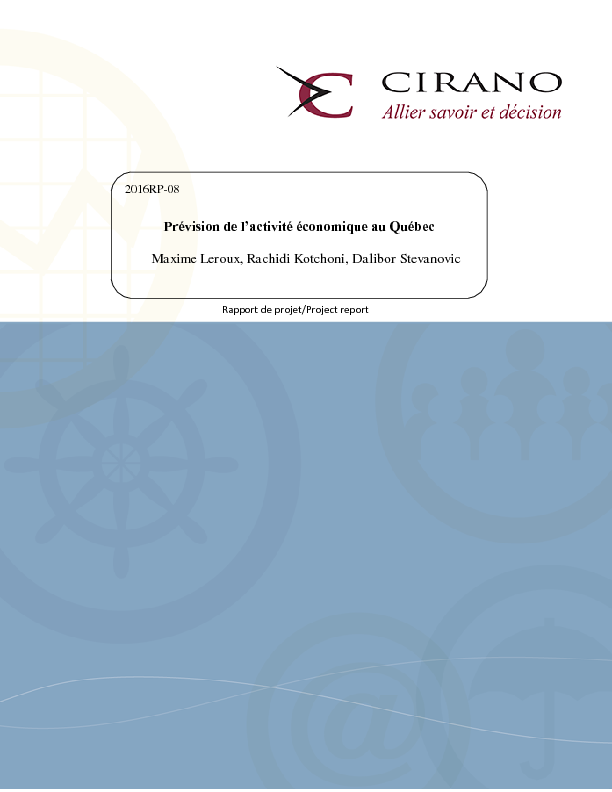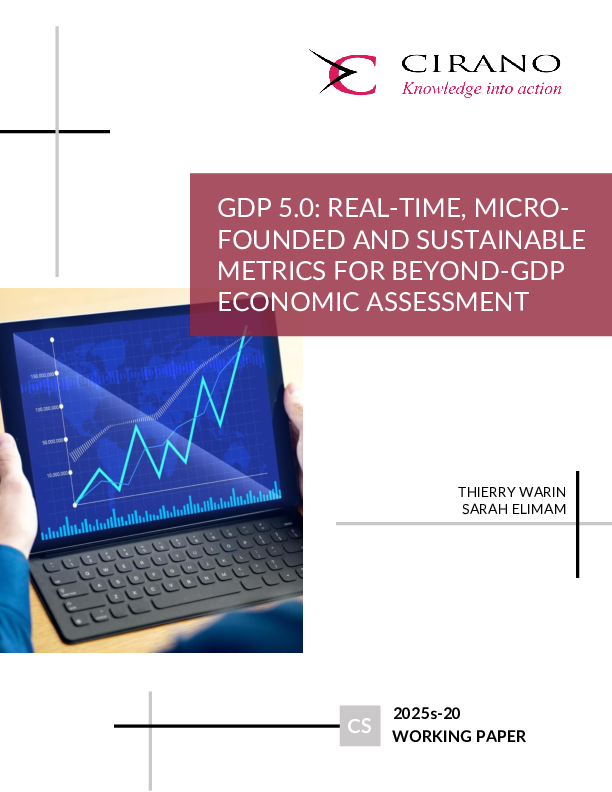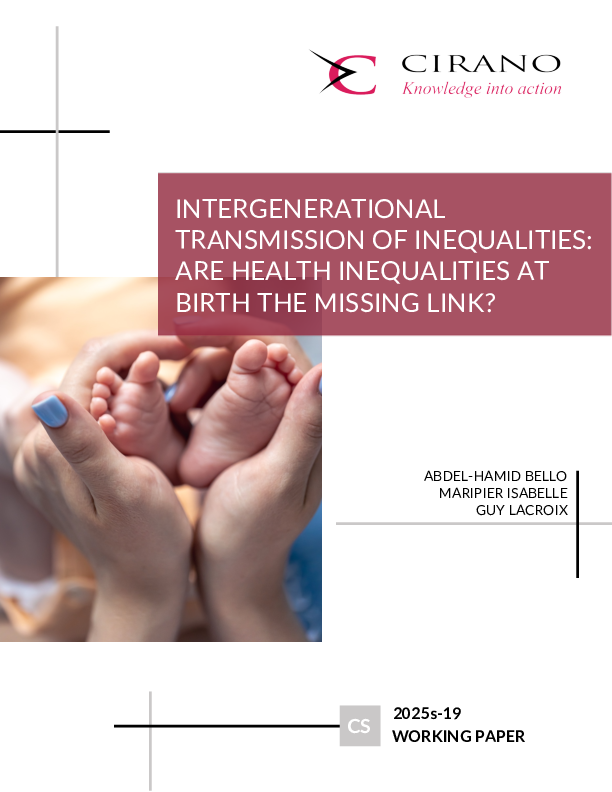Prévision de l’activité économique au Québec
We evaluate the predictability of the economic activity of Quebec in a data-rich environment. In our framework, the province of Quebec is treated as a regional economy that is exposed to the influence of the Canadian and American economies. Three large information sets are used: data from Quebec, Canada and the US, for a total of 453 macroeconomic variables. We compare a large number of models for the purpose of identifying those that are most efficient at forecasting macroeconomic aggregates of Quebec such as the GDP, employment, inflation, investment, etc. Our results suggest that the best model in terms of mean squared error depends on the variable of interest and on the forecasting horizon. A model that performs well at short horizons does not necessarily perform well at long horizons. Likewise, the model that best predicts the nominal GDP does not necessarily win the race when it comes to predict the real GDP. The ARMA(1,1) is found to be one of the best standard models to predict the nominal GPD and inflation. Models exploiting rich data sets often rank best individually. The most robust performances are obtained by averaging the forecasts delivered by the 5, 10 or 20 best individual models.




